The bank has taken care of the difficult criteria.
According to the Vietnam Bank for Social Policies, by the end of September 2025, the total outstanding policy credit balance nationwide reached about VND 398,100 billion, an increase of VND 30,400 billion compared to the end of 2024. Loans from the Vietnam Bank for Social Policies have contributed to creating jobs for more than 601,000 rural workers; building over 1.2 million clean water and environmental sanitation works and creating more than 2,900 houses for poor households in localities.
Along with the Social Policy Bank, according to Agribank statistics, by the beginning of the third quarter of 2025, the bank's branches had provided loans for the National Target Program on New Rural Development with outstanding loans reaching over VND 740,165 billion. Capital from Agribank has reached more than 2 million customers through 62,000 lending groups. In addition, this bank is also actively lending for rural infrastructure projects such as road construction, irrigation systems, medical stations, schools, etc.
According to data from the Ministry of Agriculture and Environment , since the merger of administrative boundaries (July 1, 2025), the country has about 1,720 communes capable of meeting new rural standards. However, there are still 350 communes with a poverty rate of over 50%. Although the National Target Program on New Rural Development is considered a "bright spot" in disbursement of budget capital, by the end of August 2025, the country had only disbursed about 15,000 billion VND (56% of the plan).
This shows that the role of credit capital (both policy credit and commercial credit) and socialized capital (contributions from businesses and people) is still the main resource for new rural communes to complete difficult criteria such as infrastructure criteria, average income criteria, housing criteria, etc. Records from some localities such as Ho Chi Minh City, Dong Nai, An Giang, Ca Mau, etc. clearly show this reality, when the lending capital of the VBSP system is growing strongly and supporting hundreds of communes to maintain new rural achievements and build advanced new rural areas.
In Long Dien commune (formerly Ba Ria - Vung Tau), by early September 2025, the Ho Chi Minh City branch of the Vietnam Bank for Social Policies had lent over VND 5.5 billion to help hundreds of households create jobs; build clean water and sanitation facilities in rural areas and develop production and business. In Dong Nai, according to the leader of the State Bank of Vietnam, Region 2 branch, credit for new rural construction accounts for up to 30% of the total outstanding credit in the area with about over VND 201,000 billion (as of June 2025).
Meanwhile, in An Giang and Ca Mau provinces, outstanding loans for new rural construction reached nearly VND129,500 billion by the end of August 2025, accounting for 33.3% of the total outstanding credit balance of the credit institution system in these localities. In Tay Ninh, by the end of August, about 105,000 rural workers had received loans to find jobs and improve their income; more than 150,000 had access to loans to build clean water and environmental sanitation works, and more than 750 poor households had received loans to build new, repair, or buy social housing.
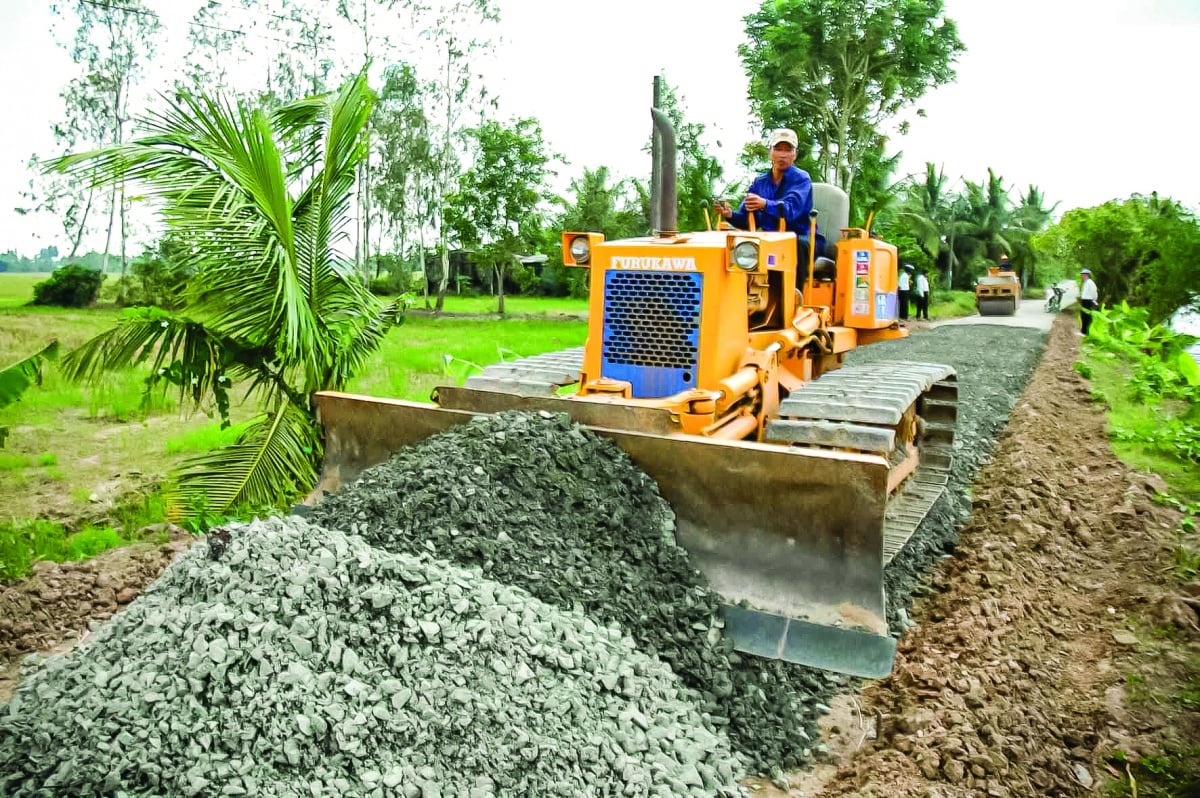 |
| Many localities need large financial resources to reshape the rural economic sector. |
The role of loans is increasingly important
According to the Central Steering Committee for National Target Programs, in the 2021-2025 period, the total capital mobilized for the new rural construction program nationwide is about 3.7 million billion VND. Of which, the state budget capital is about 8.8%; capital combined from other programs is 7.4%; capital mobilized from businesses and people accounts for 23.1%. The remaining 60.8% of the capital has been provided by commercial banks and the Vietnam Bank for Social Policies.
According to information from the Ministry of Agriculture and Environment, at the end of September, the National Assembly worked and agreed on the policy of combining the two National Target Programs on New Rural Development and Sustainable Poverty Reduction for the period 2026-2035. Accordingly, after being combined, this program will be implemented in 34 provinces and cities with a total expected resource mobilized for the period 2026-2035 of 12.35 million billion VND.
In the 2026-2030 period, the central budget will directly support about 180,000 billion VND, accounting for 3.7%; counterpart capital from the local budget will be about 450,000 billion VND, accounting for 9.1%; capital combined from other programs will be 400,000 billion VND; socialized capital will be 500,000 billion VND. The remaining about 3,400,000 billion VND (accounting for 69%) is capital mobilized from the credit institution system.
The Ministry of Agriculture and Environment assesses that in the coming years, the goal of sustainable poverty reduction will focus on major groups of issues such as: supporting the development of socio-economic infrastructure for poor areas and supporting the reduction of deficits according to the new poverty standard. For new rural construction, the Government and ministries will prioritize economic development associated with the application of high technology and promoting digital transformation.
In the context of localities merging and rearranging administrative boundaries, infrastructure planning in communes will have many changes. Localities will need many financial resources to reshape the rural economic sector; restore traditional craft villages, develop OCOP products, logistics services, community tourism...
Thus, with the seed capital resource from the central budget for the 2026-2030 period accounting for only about 3.7% (development investment capital of about 120,000 billion VND, career capital of about 60,000 billion VND), the role of credit capital from the Vietnam Bank for Social Policies and the commercial banking system is increasingly important for the goal of increasing average income per capita in rural areas by at least 2.5 times compared to 2020 and successfully building new rural areas in 80% of communes nationwide (about 2,100 communes).
Source: https://thoibaonganhang.vn/ngan-hang-chung-suc-xay-dung-nong-thon-moi-172210.html



![[Photo] Opening of the 14th Conference of the 13th Party Central Committee](https://vphoto.vietnam.vn/thumb/1200x675/vietnam/resource/IMAGE/2025/11/05/1762310995216_a5-bnd-5742-5255-jpg.webp)


![[Photo] Panorama of the Patriotic Emulation Congress of Nhan Dan Newspaper for the period 2025-2030](https://vphoto.vietnam.vn/thumb/1200x675/vietnam/resource/IMAGE/2025/11/04/1762252775462_ndo_br_dhthiduayeuncbaond-6125-jpg.webp)

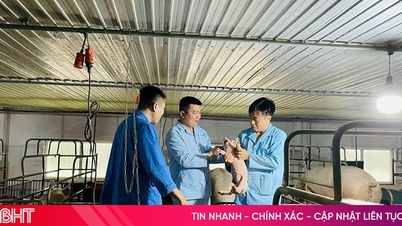















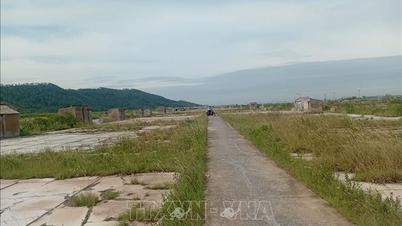

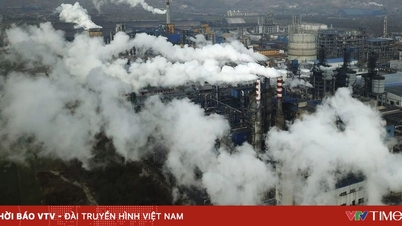






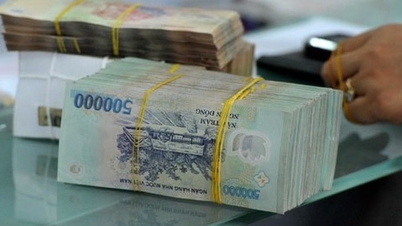























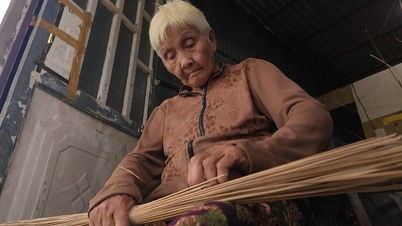
















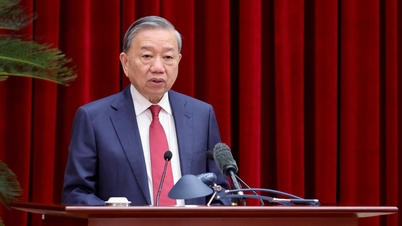


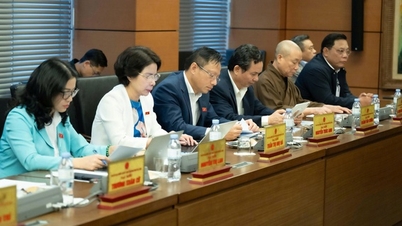

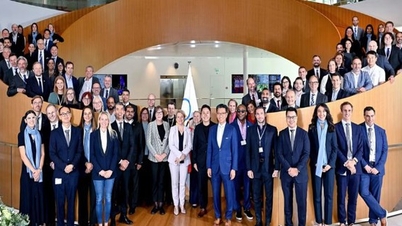








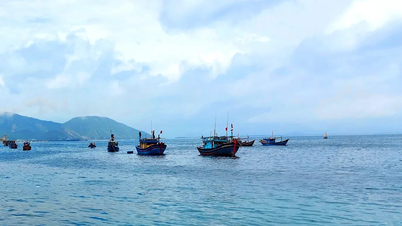



















Comment (0)